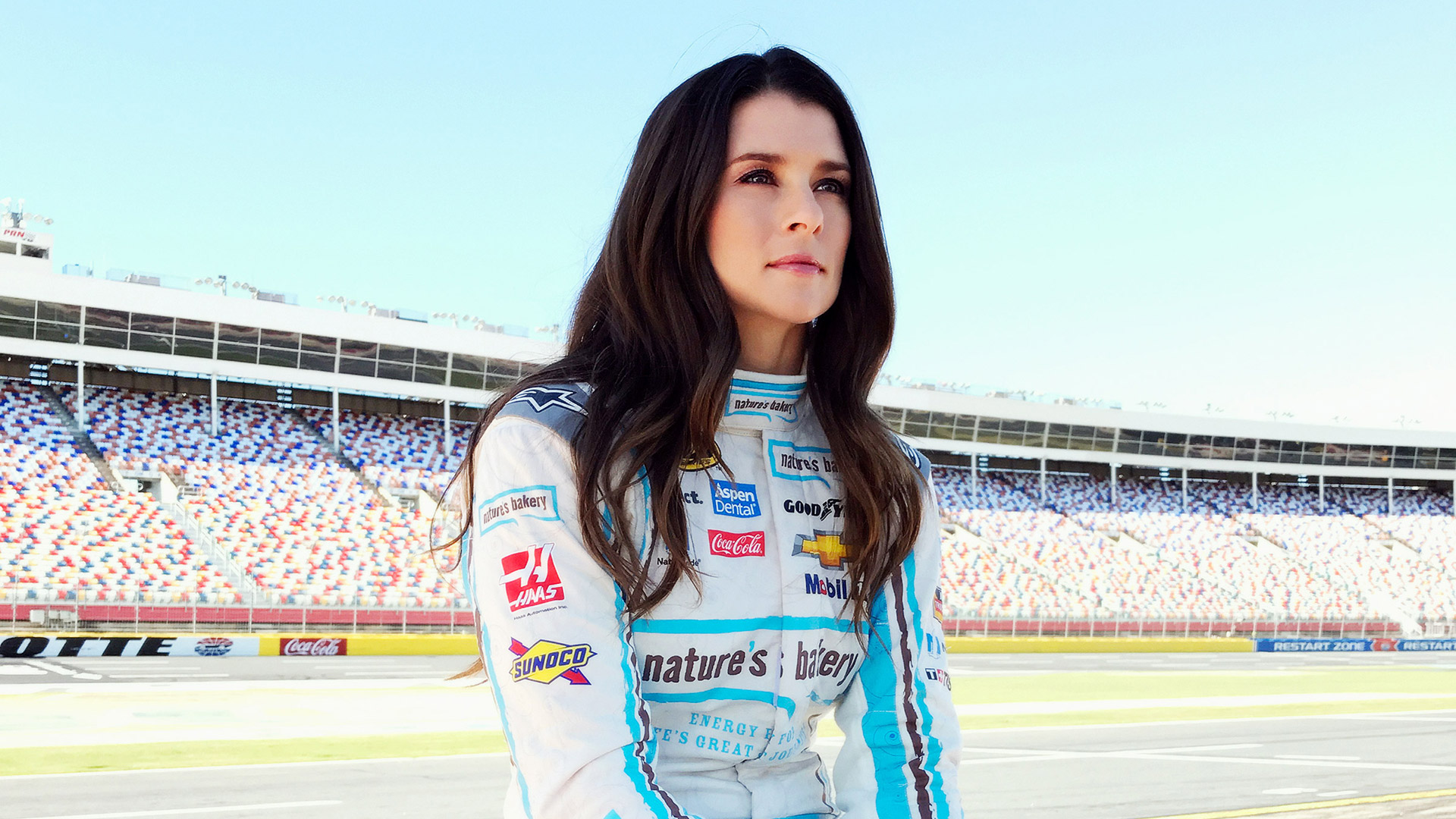

Danica Patrick’s interview is part of TIME Firsts, a multimedia project featuring 46 groundbreaking women. Watch the rest of the videos at Time.com/Firsts. Buy the book at the TIME Shop.
Every weekend, at a different racetrack, in a different American city, NASCAR Nation converges for one of the South’s most beloved past times. Stock car racing has its roots in bootlegging illegal moonshine across state lines. But what was once considered the mischievous behavior of outlaws is now a bona fide, lucrative, all-American sport with fans from coast to coast.
On race day morning garages fill with frenzied activity well before breakfast is even served. The whirring of drills spinning lug nuts into place and the banging of mallets over sheet metal fills the usual silence of the early morning. Another constant in the pre-race commotion is that the garages are mostly full of men. The pit-crew members, the drivers, the engineers, these are all roles that have traditionally been claimed by men. But that is changing.
WATCH: Danica Patrick TIME Firsts
Danica Patrick is not the first woman to get behind the wheel of a stock car but she is the first to lead laps in the Daytona 500 and before that, the Indianapolis 500 in IndyCar racing. It’s an impressive feat for any driver, regardless of gender.
For Patrick, being a girl never played into her ambition to race. She has loved the sport all of her life. Patrick grew up in Roscoe, Illinois, and some of her earliest memories center around watching her dad work on racecars, car number 65 to be exact.
“My sister wanted to be go-cart number 65 and she wanted to race and I just didn’t want to get left out.”
Patrick wasn’t left behind. She, like many other successful racers before her, started her career in go-carts.
“When I first started racing go-carts, I did not think about gender at all and I’m sure that had a lot to do with the fact that my parents didn’t point that out.”
Patrick progressed quickly and by the time she was a teenager she was racing competitively and while she didn’t take her gender into consideration, her competitors did and they made sure she knew it. The jokes and muffled snickers behind her back did take a toll.
“From 16 to 19 years old, I went into not wanting to wear pink and purple and nail polish and be girlie. I didn’t want to draw attention to myself in a feminine way. I feel like if there’s a part of you that’s hidden, it’s hard to be joyful.”
As Patrick rose through the racing ranks and eventually broke out on the IndyCar circuit, she began to embrace her feminine side once again. She realized that it wasn’t a hindrance in her career. It empowered her.
“Being a girl is a positive and I’m going to use it. It doesn’t change who I am as a driver. It doesn’t change who I am as a person. It just let’s me be exactly who I am.”
Others noticed too because it’s hard not to notice the car leading the pack. In 2005, in her first Indianapolis 500, Patrick became the first woman to lead a lap and in fact, she led 19 laps and finished an impressive fourth. In 2008, Patrick became the first woman to win a major-league open-wheel race in a North American series claiming the checkered flag at the IndyCar Series Indy Japan 300. When she decided to make the switch to NASCAR, Patrick debuted in much of the same grandeur. In 2013, when she’d reached the premiere level of NASCAR, she qualified first, grabbing pole position at her very first Daytona 500 and again was the first woman to lead laps in a prestigious race.
She is now changing the landscape of the racing fan base. Racetracks are packed with legions of little girls, donning hats and t-shirts branded with the number 10, Patrick’s number every weekend. They are all vying for a chance to see their hero in action and maybe, for the first time, see that their dreams are not that far out of reach.
Check out other impactful women who did it first here.

TIME FIRSTS Women Who Are Changing the World is available for pre-order at TIME Shop.
This article originally appeared at Southern Living.